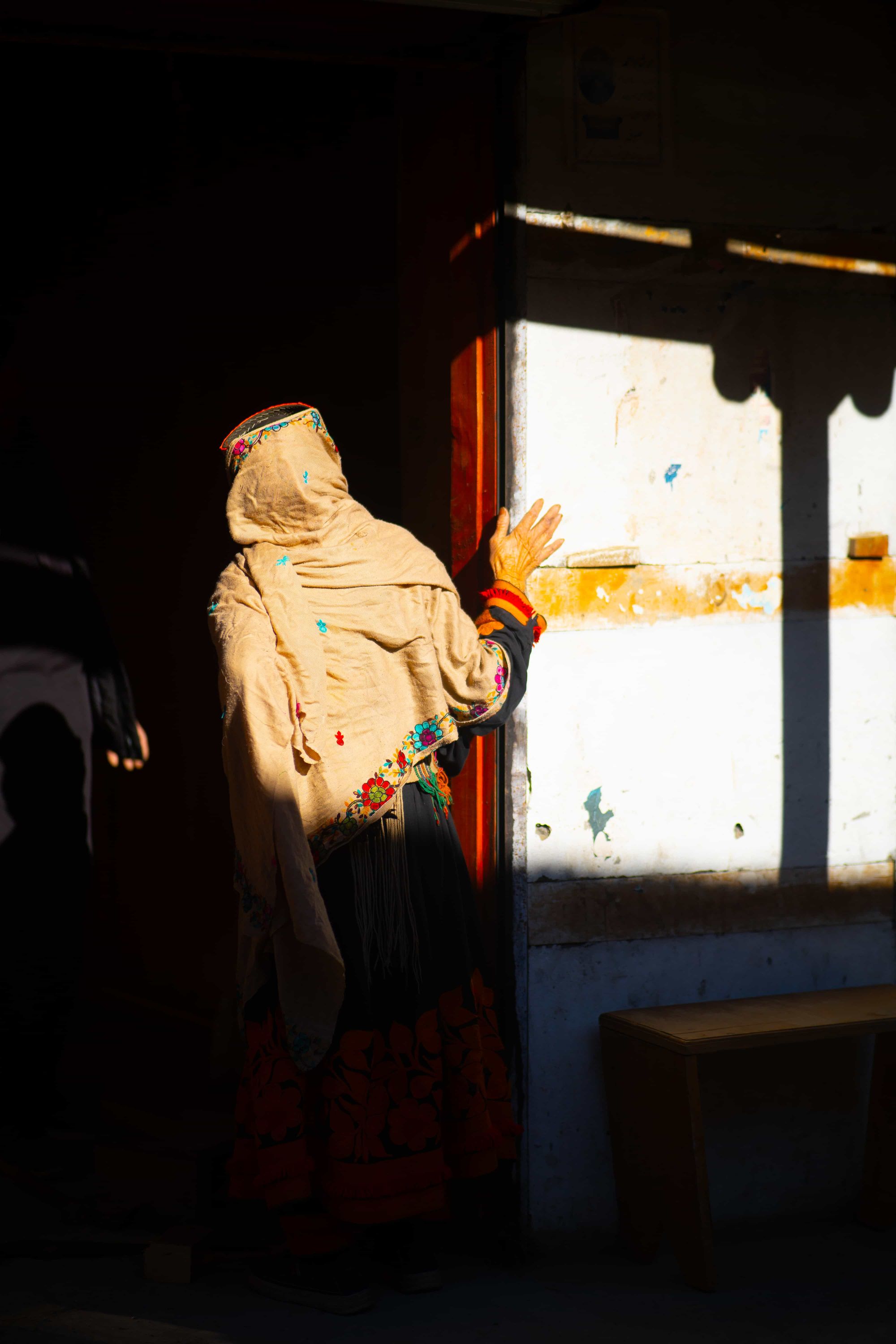In the footsteps of Alexander

The year is 2023 AD. Central Asia is entirely occupied by Muslims. Well, not entirely... one small village of indomitable Pagans still holds out against the invaders...
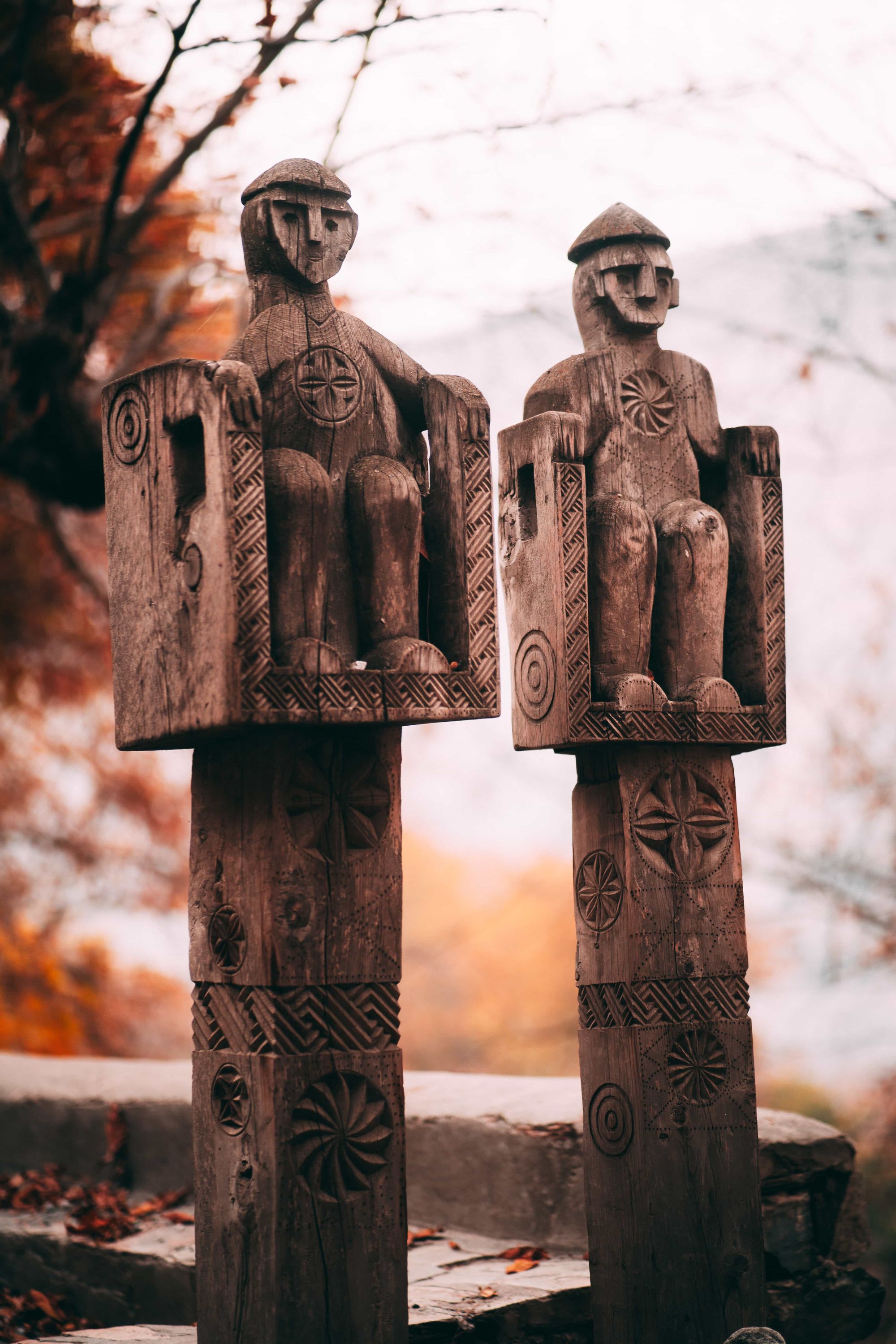
But unlike the inspiration of the introduction, these are not Germanic tribes - these ironically are the last remainders of Greco(-Roman) culture to survive in the region: The Kalash people.
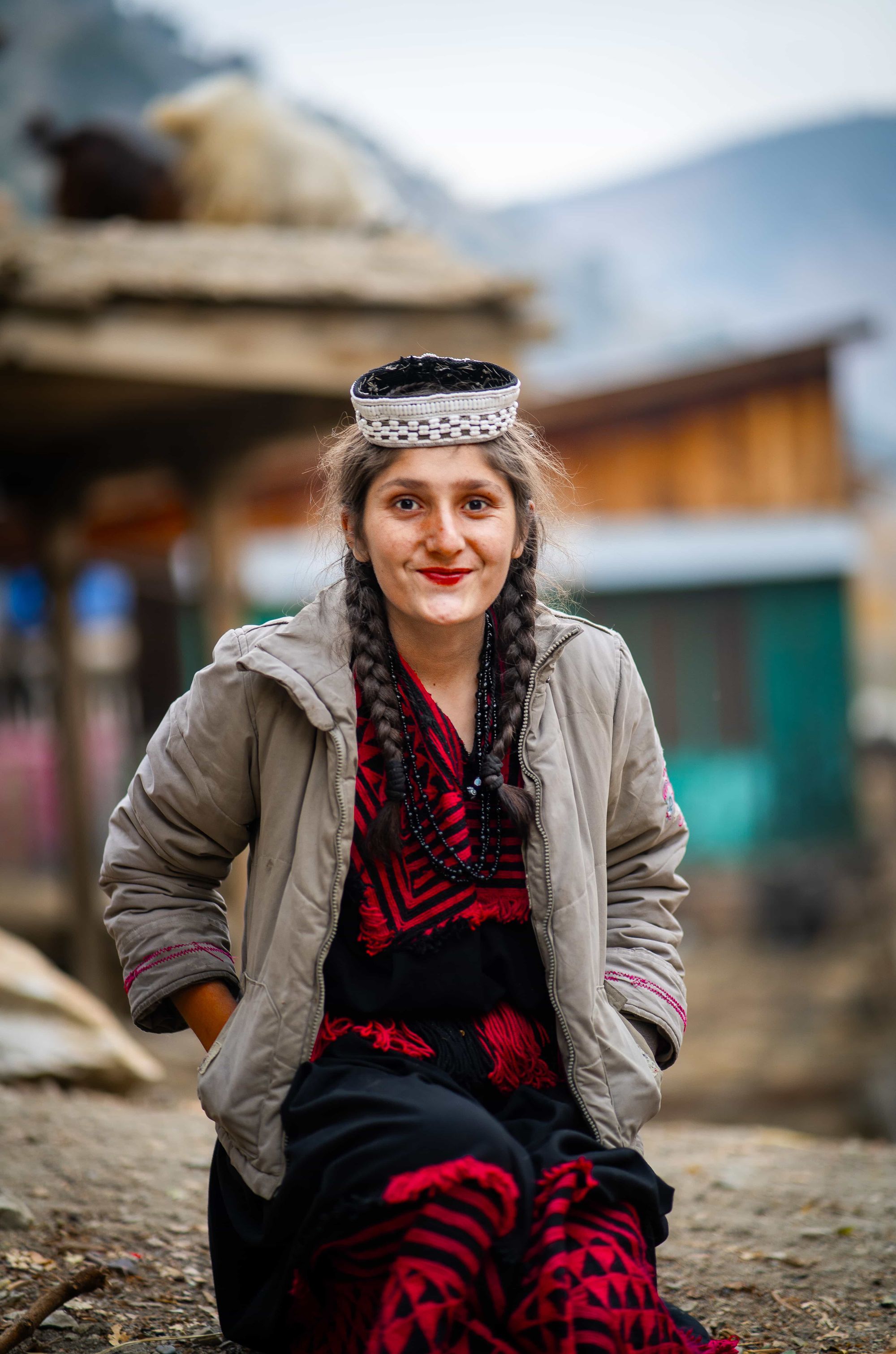
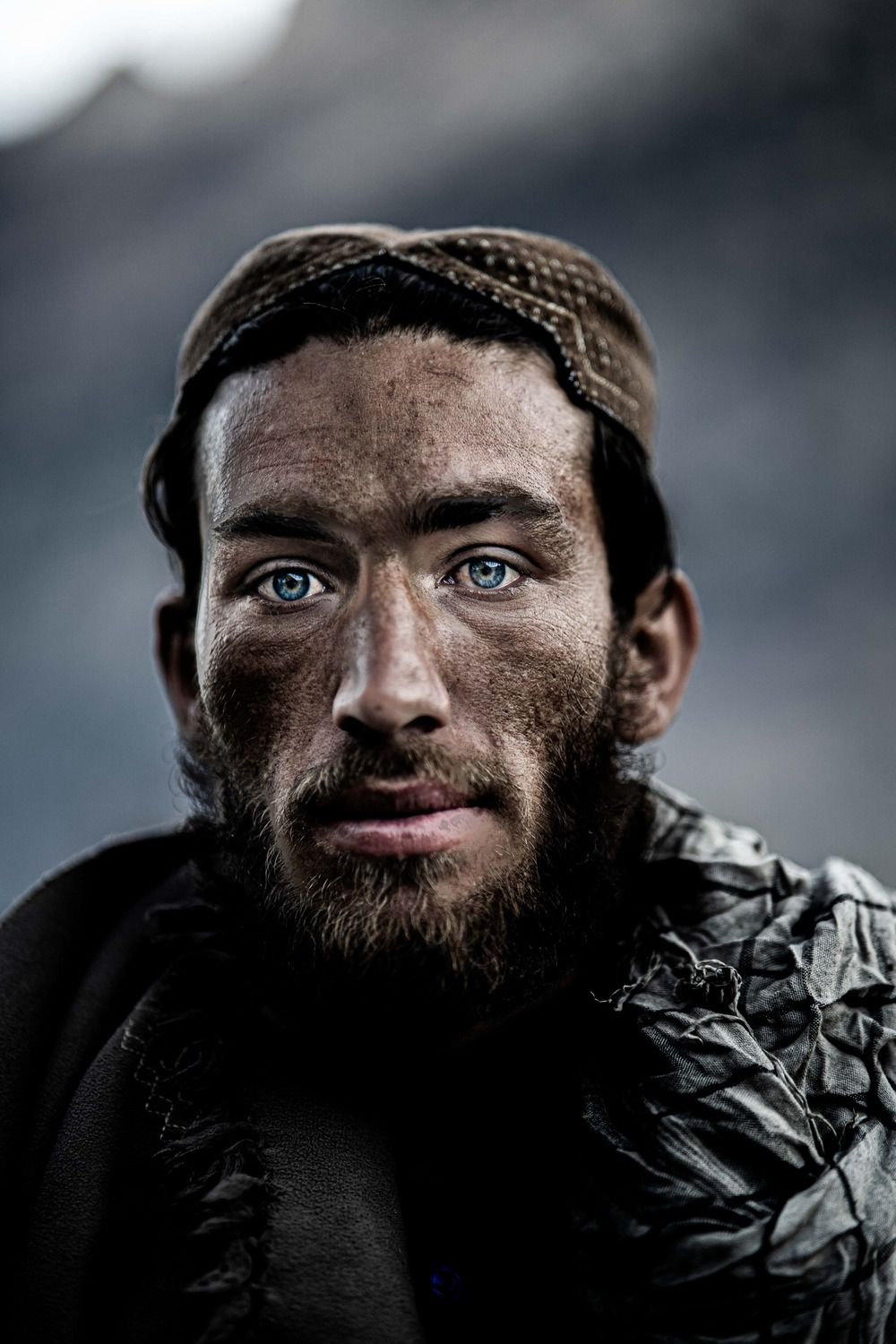
Now separated by the artificial border of Afghanistan and Pakistan, the Kalash people have lived in the area called 'Kaffiristan' (land of the infidels) for thousands of years. They claim to be descendants of Alexander the Great and his soldiers - the fact that they look just like me, and have a passion for drinking wine (also me) - but that's strongly forbidden in Islam.
It is these people that I visited in late 2023 to document their dying culture. The ones in Afghanistan have officially been exterminated (yet some parts of culture are hard to kill when you live on a remote mountain).
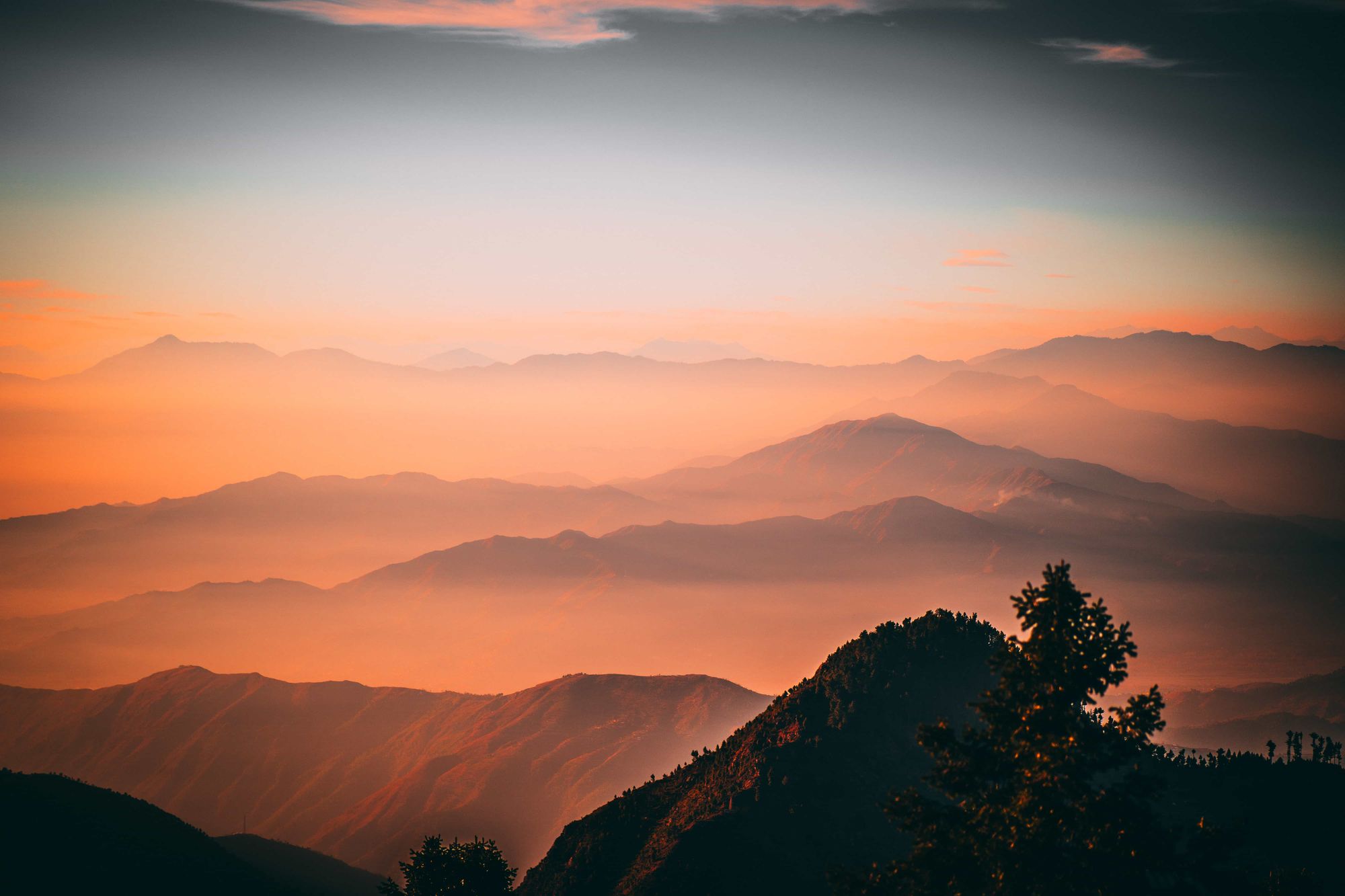
People
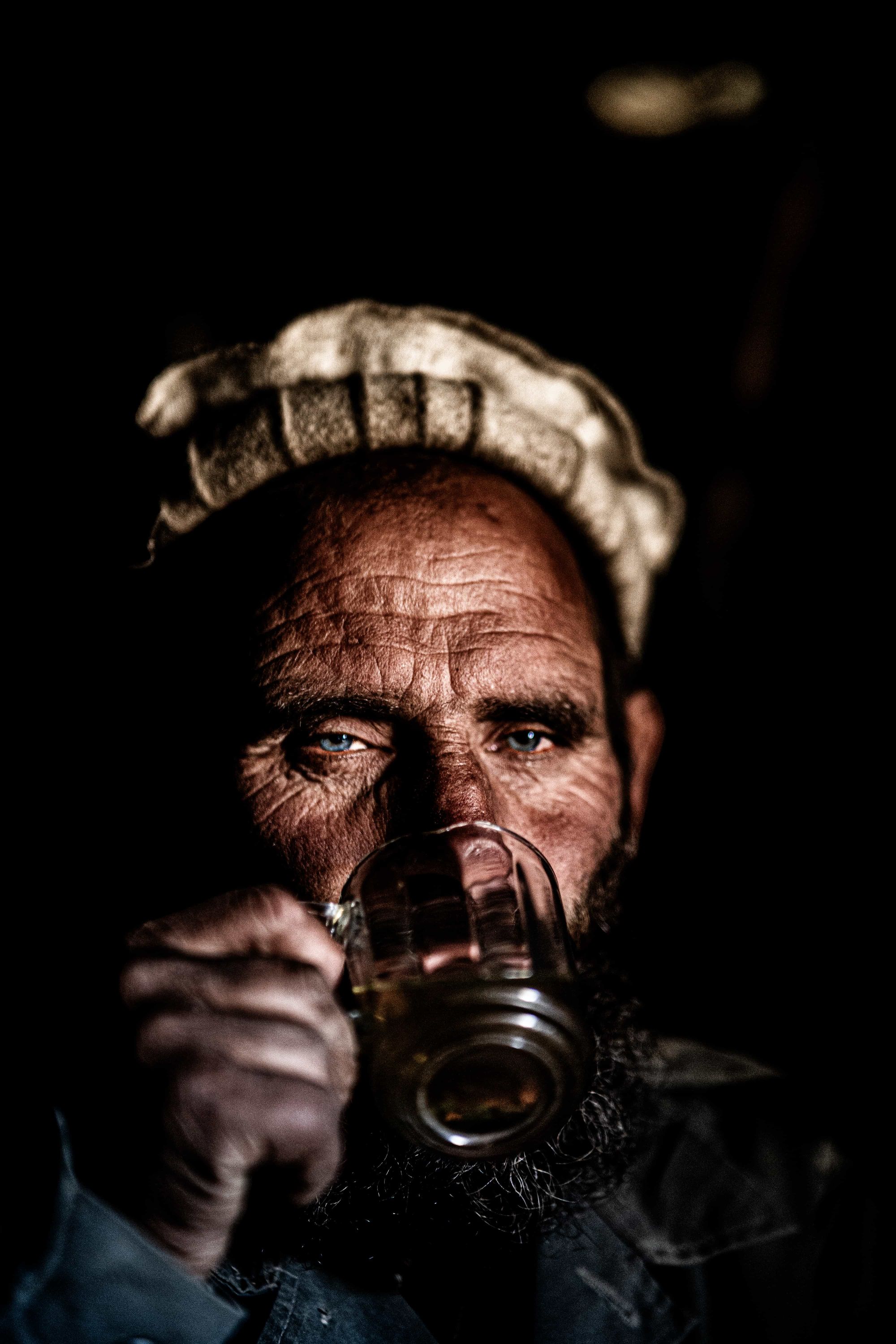
The Afghan side doesn't drink much homemade wine but mainly sticks to wine. Its safer, as the Taliban roams around in these hills (while heavily opposed). Incidentally, people still make it themselves, in secret.
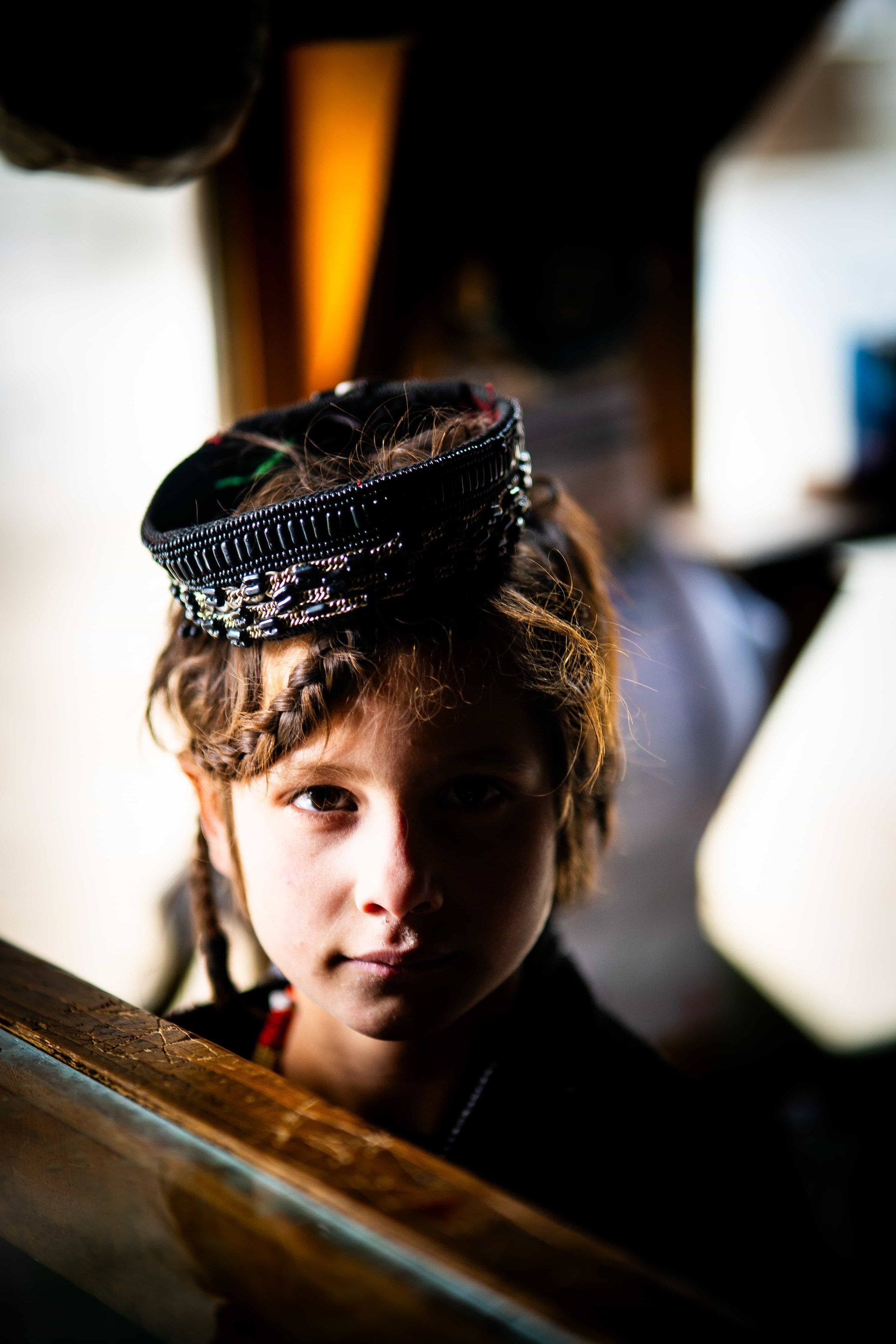
On the Pakistani side, Wine was flowing freely since Hellenistic times, and recently they had figured out how to make distilled alcohol - and were willing to share. So the pictures from that night were unfortunately too blurry to include here. Inspired by Dionysus, they'd sit around the campfire, and drink tea, wine and a vodka-like substance mixed which they mix with water.
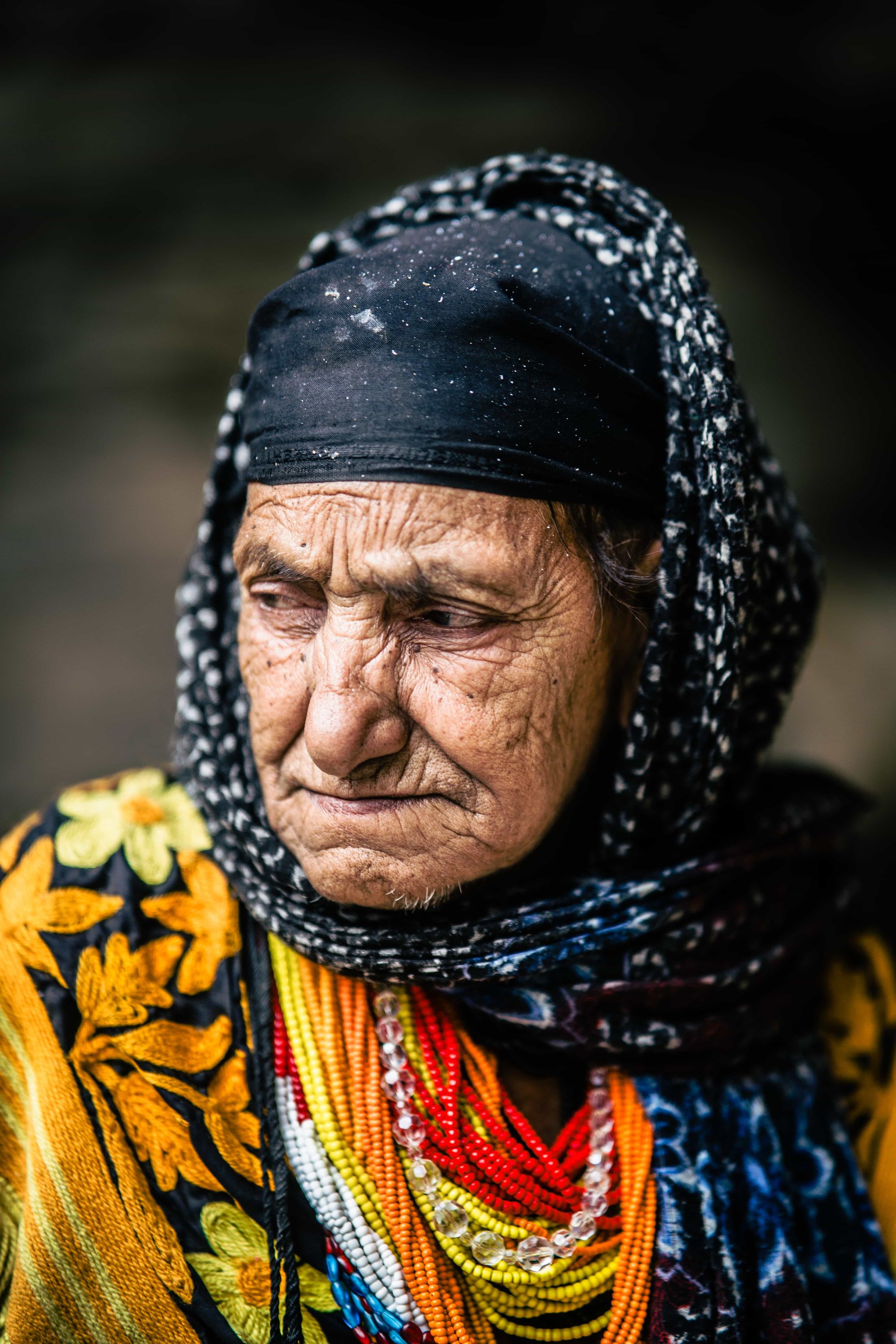

Blue eyes as far as the eyes can see
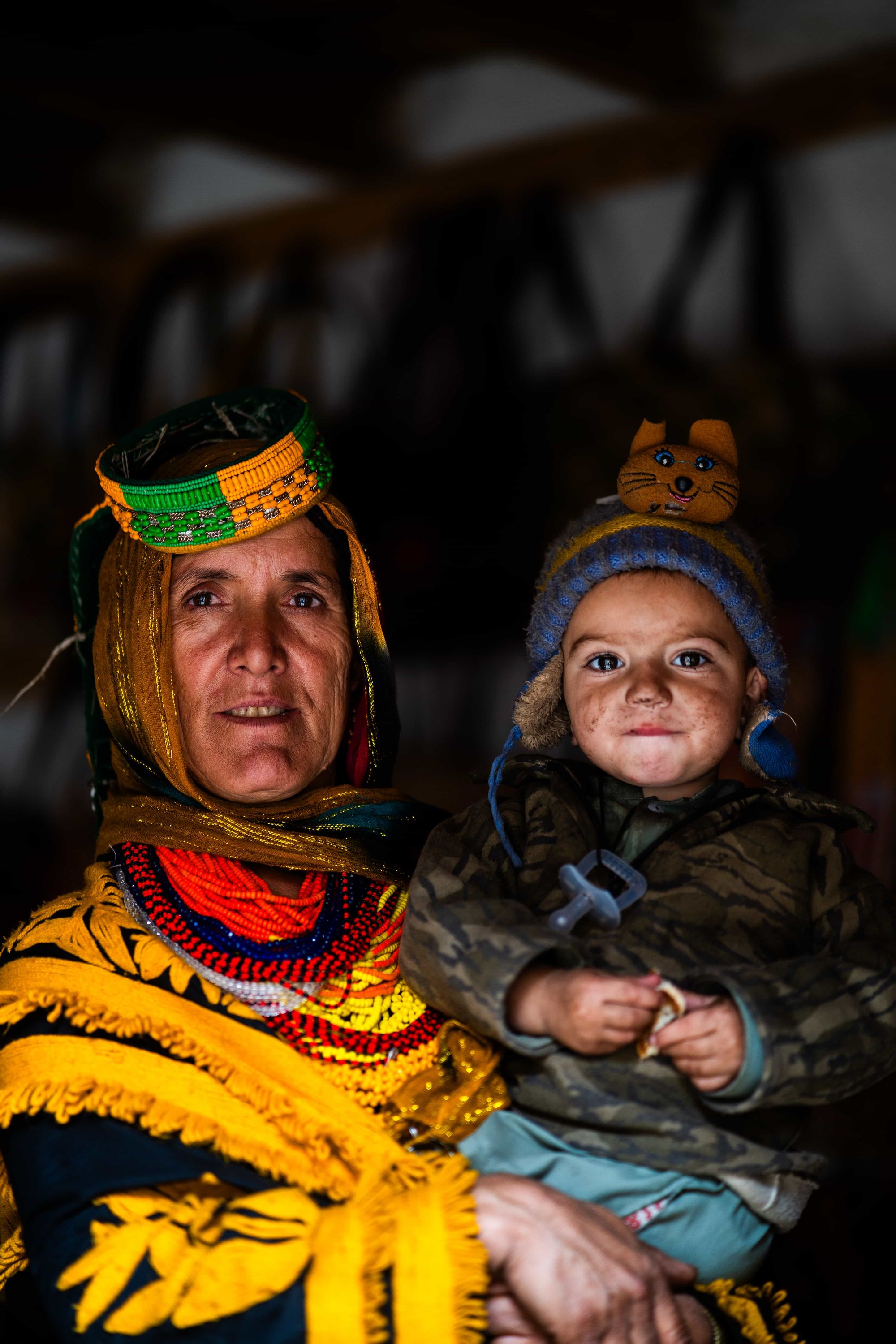
Architecture
Buildings haven't changed in a very long time. An look similar in the Afghan side as well as on the Pakistani side. The pieces of wood between layers of stone are to prevent frequent earthquakes from destroying the houses.
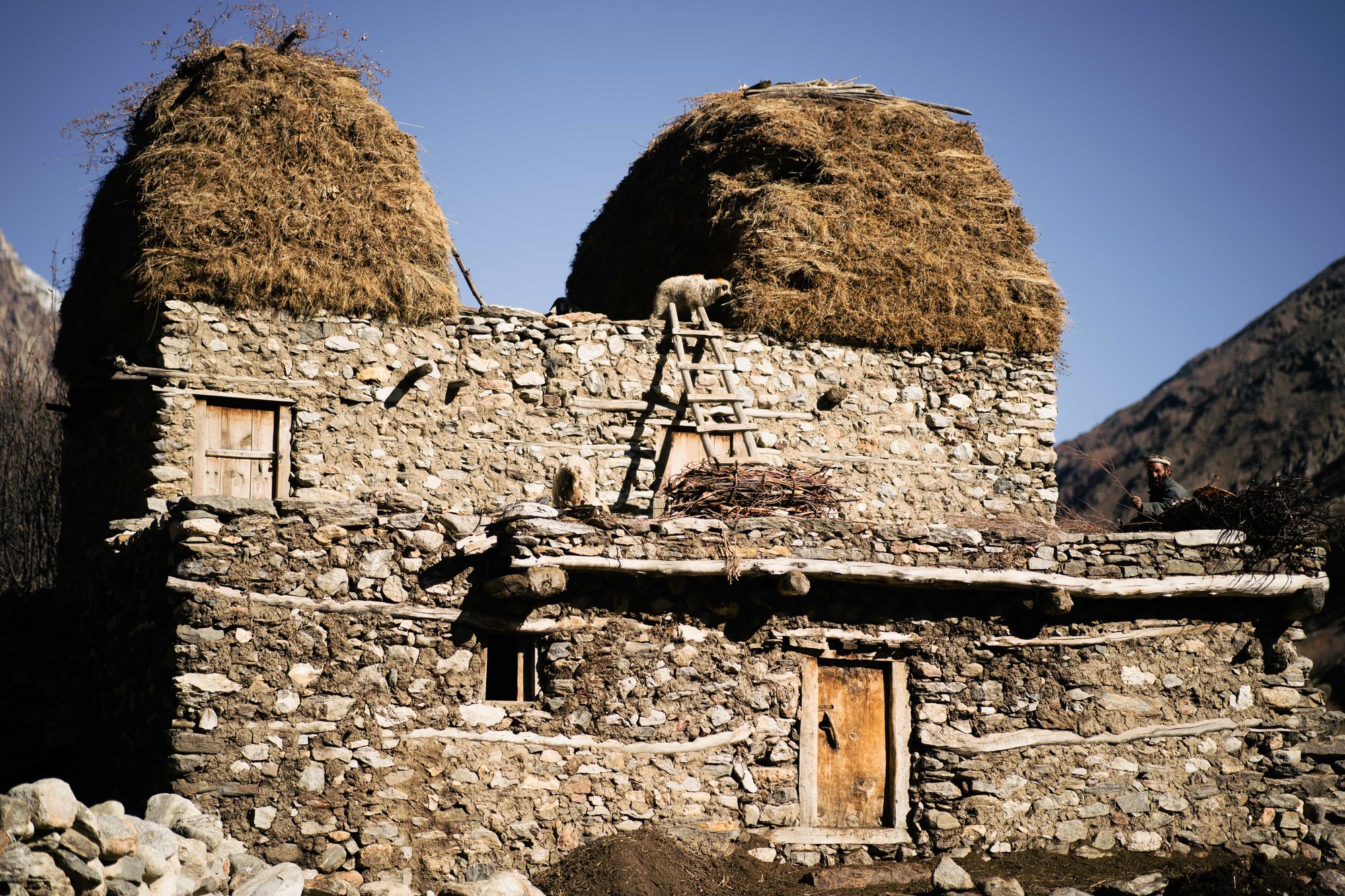
The Kailash people were driven into these remote mountainous valleys (Kailash Valley) near the town of Chitral. "Religious differences".
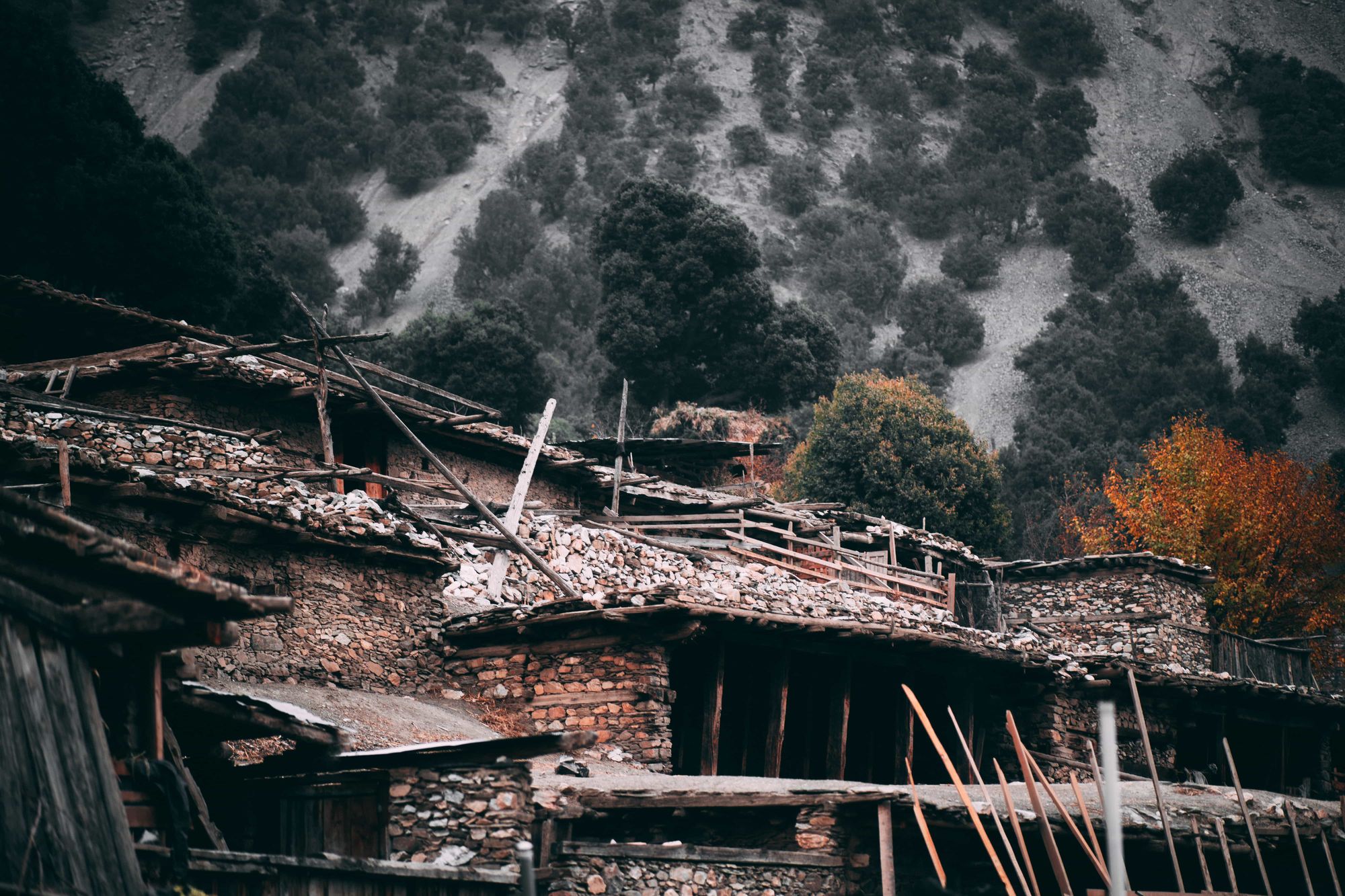
What's important to mention is that although people do occasionally convert to Islam, the folk religion of the Kailash people has evolved and has concepts like heaven and hell. The people are a cultural treasure and are protected because tourism brings in a lot of money. Just before the time that I ventured through the valleys, foreign Christian missionaries had entered Kailash and were trying to hand out Kalashi language bibles and were trying to convert the people to Christianity. They were arrested by police and even the recently converted Muslim neighbor that hosted me was angry about the missionaries. "Leave the culture alone", he said.
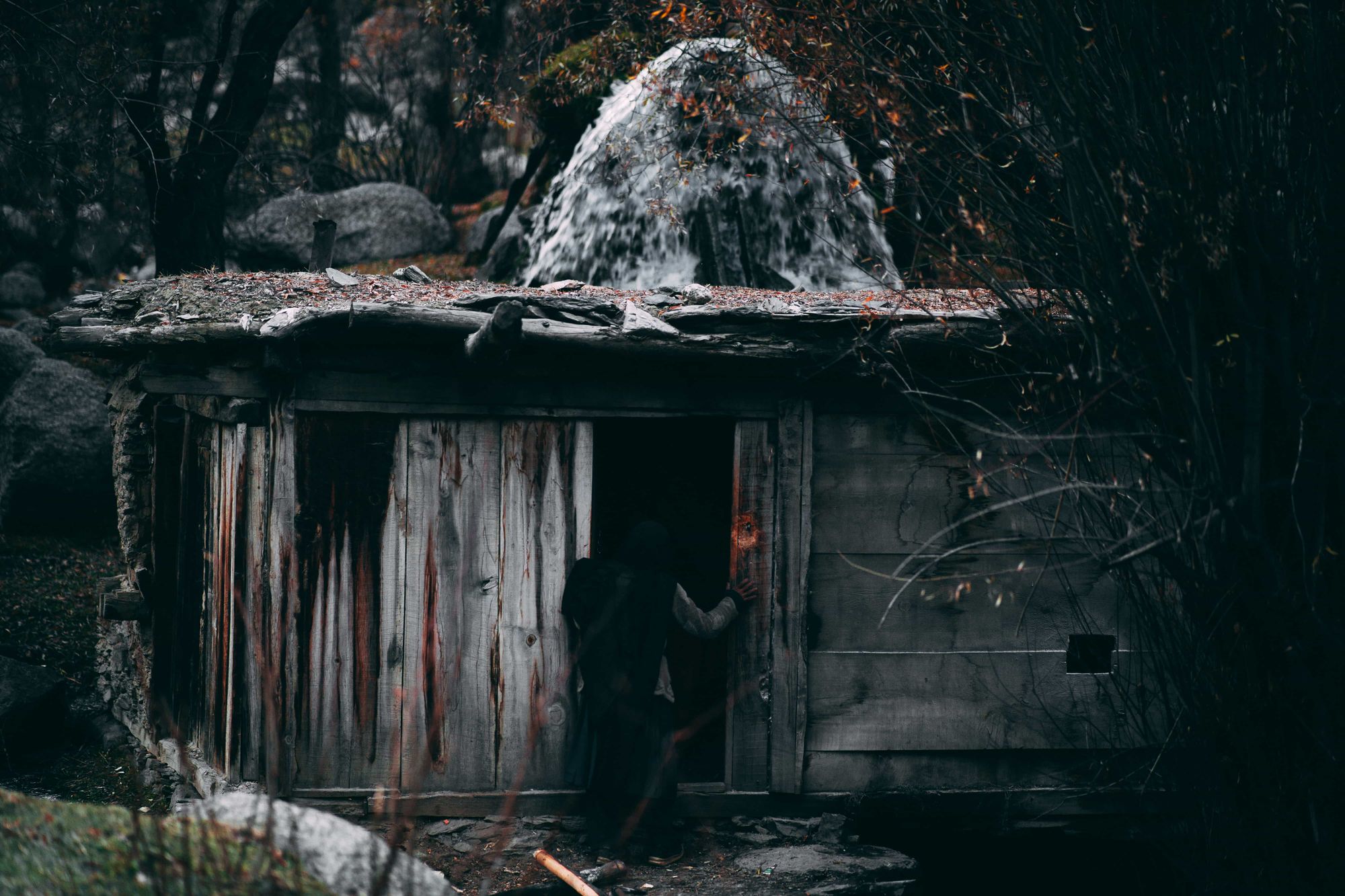

Life is idyllic in these villages. And it feels like time has stopped in many houses. The unique design and utilisation of local materials (timber and uncut rocks) is. typical for mountain people who had to improvise to survive in these rugged terrains. While slowly fading, you'll still see elements of even older culture in some of the older houses.
Corinthian-inspired wood-cutting designs could be found throughout the villages and in their local museum.
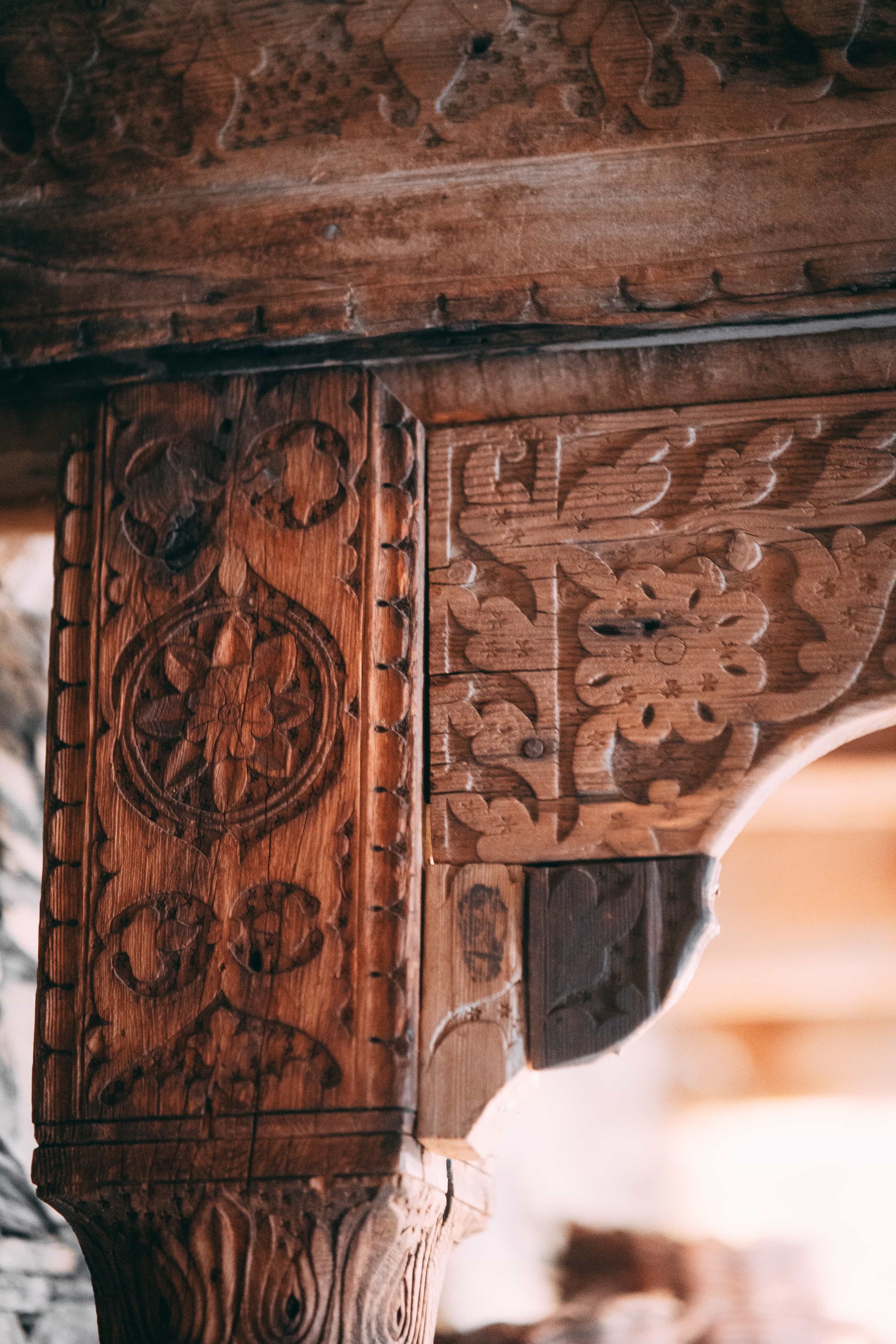

A lot of money and effort in conserving and rebuilding the heritage was undertaken by the so-called 'Hellenistic volunteers' - an NGO of Greeks who came over and supported the Kalash people (financially and culturally) because of their shared history. The collaboration was fruitful, and they created the museum which saved a lot of items from destruction (of time) until the Taliban crossed over from the mountains and kidnapped one of them for $20.000 ransom and killed some locals in 2009. This scared them off for good.
Cultural practises
The culture of the Kalashi people is unique and difficult to understand. More will be updated as research notes will be analysed and published in book form. The Kalashi people have a distinct culture with secret songs, head-shavings, separating a menstruating woman from society as well as a colourful hospitality culture by giving guests a welcome scarf.
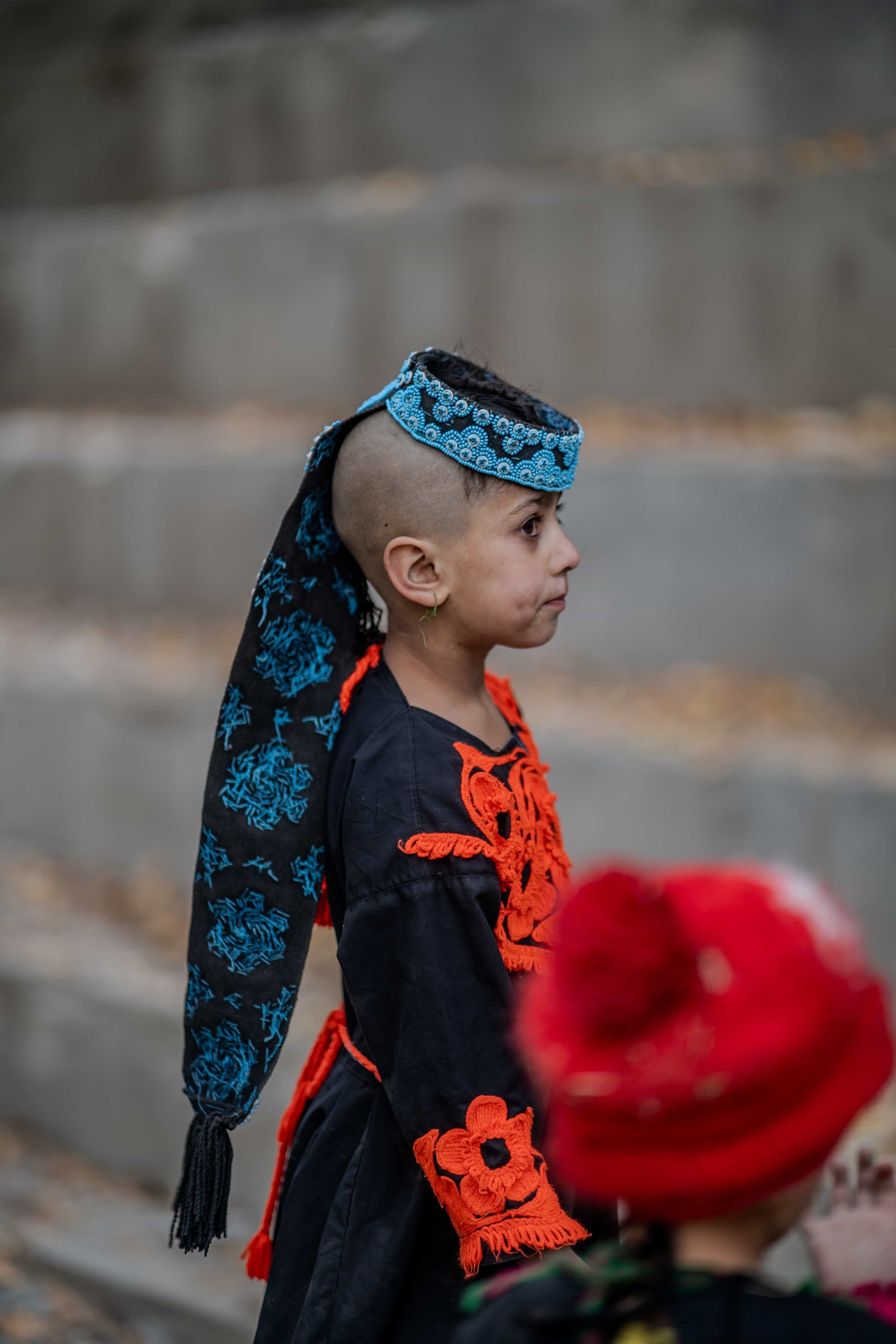
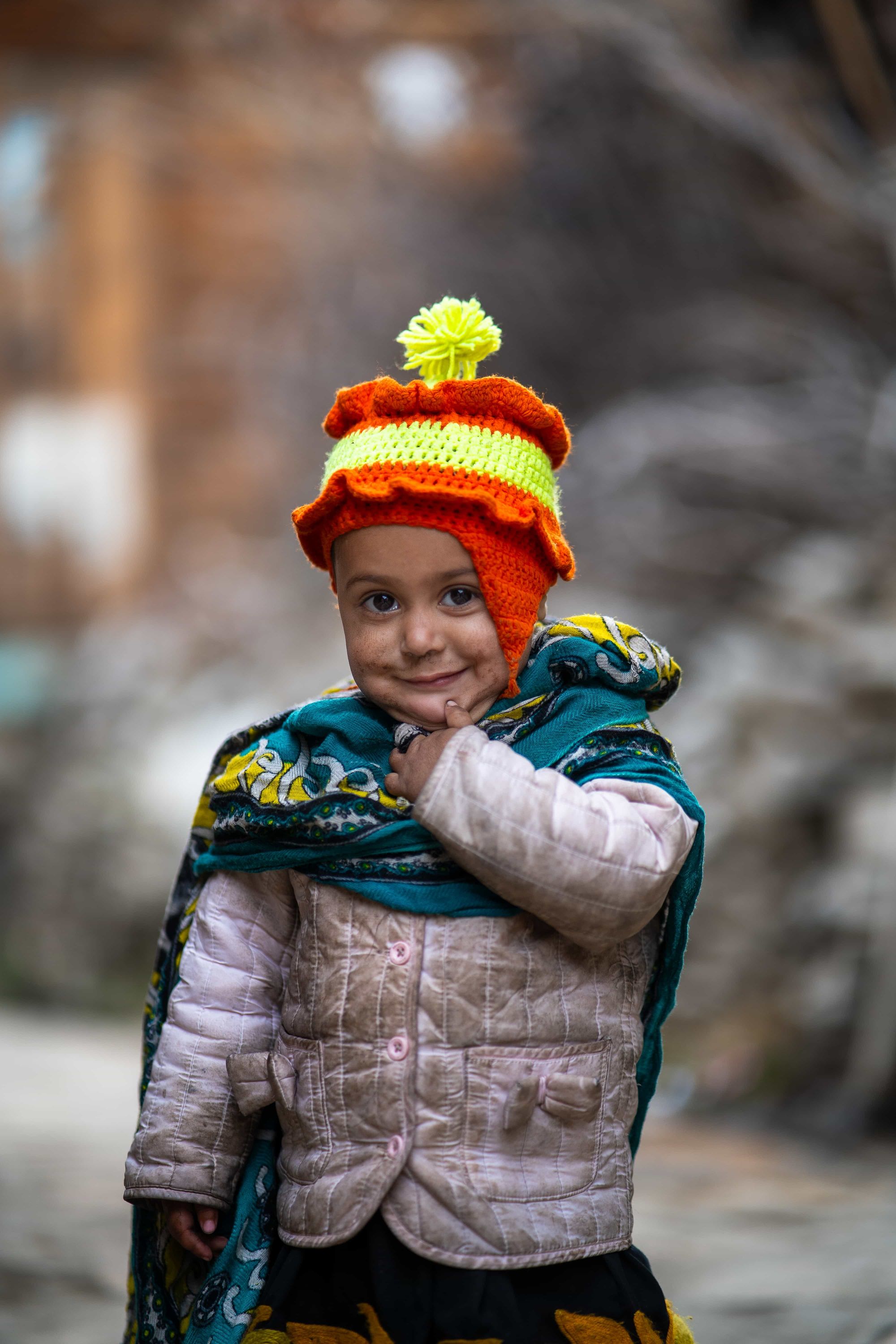
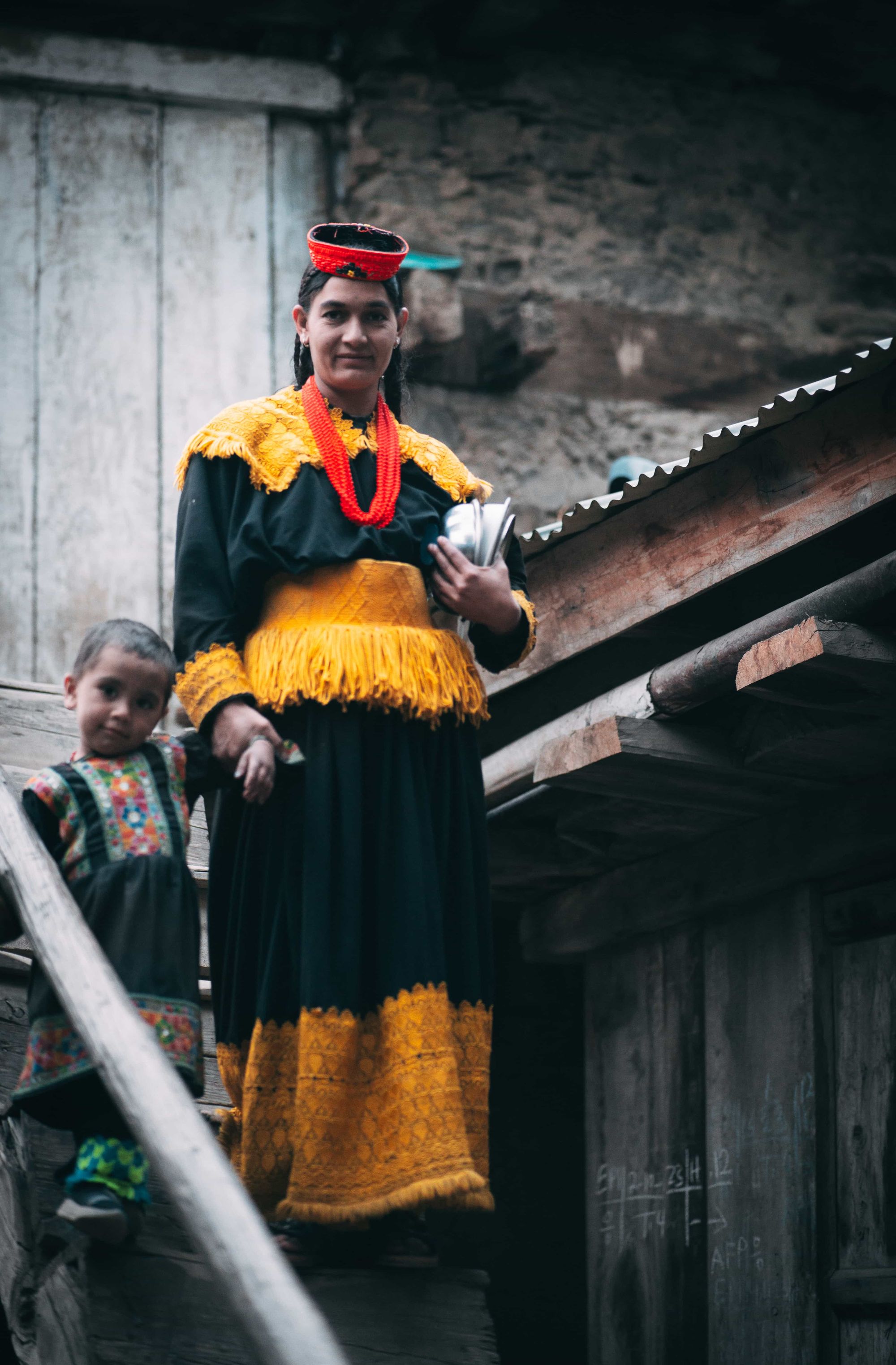
The Kalash religion is polytheistic, with a pantheon of gods and goddesses, similar to ancient Greek religion. They believe in a number of deities, each responsible for different aspects of the natural and spiritual world. Major deities include:
- Dezau (Dizau): The creator god, akin to the Greek Zeus, who presides over other deities and is considered the supreme being.
- Sajigor: The god of war, similar to the Greek Ares.
- Balumain: A hero god who resembles Heracles (Hercules) in his attributes and stories.
- Jestak: The goddess of hearth and home, paralleling Hestia in Greek mythology.

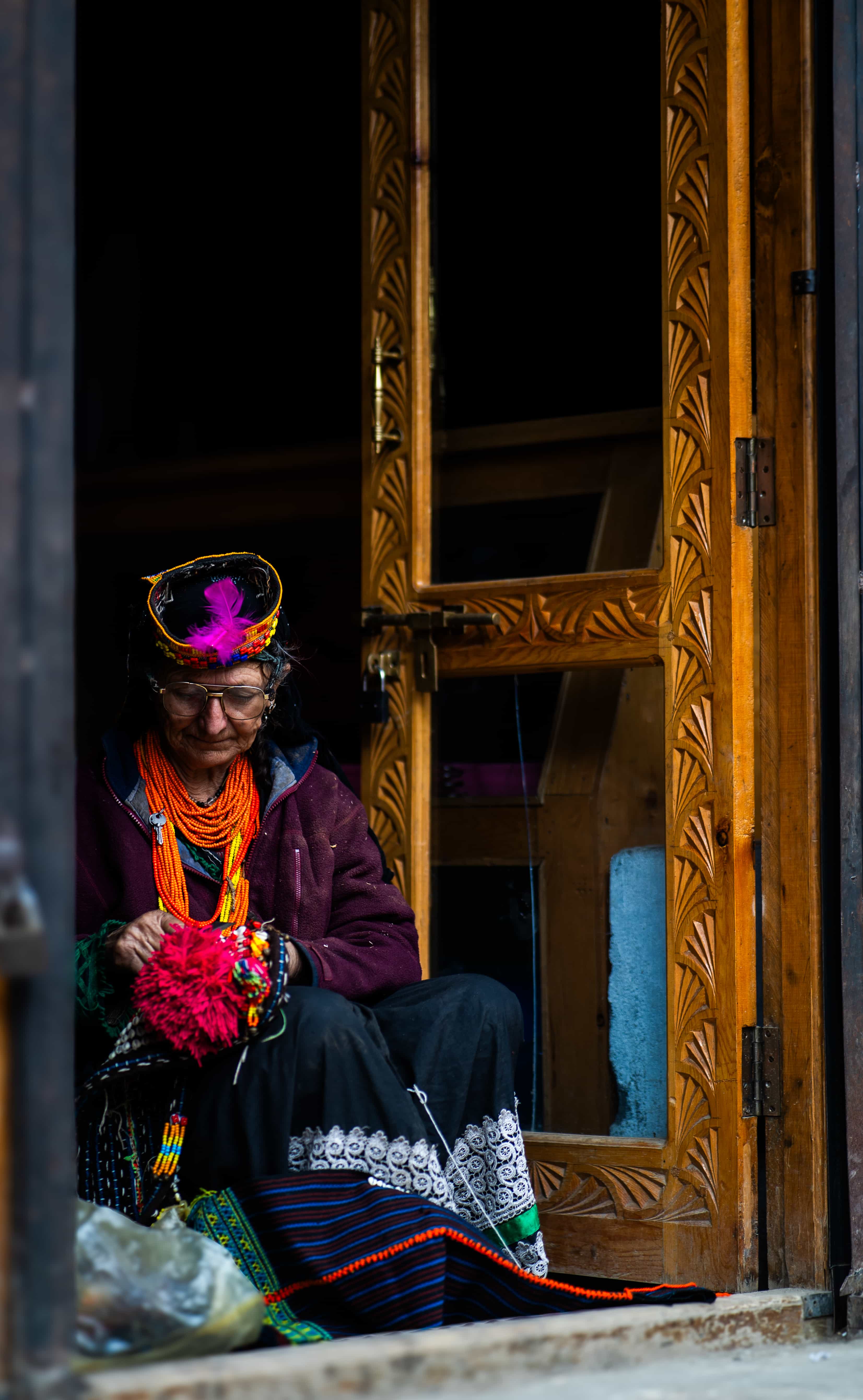
You can clearly see the Pakistani influences on the small mountain community. Cricket remains popular.
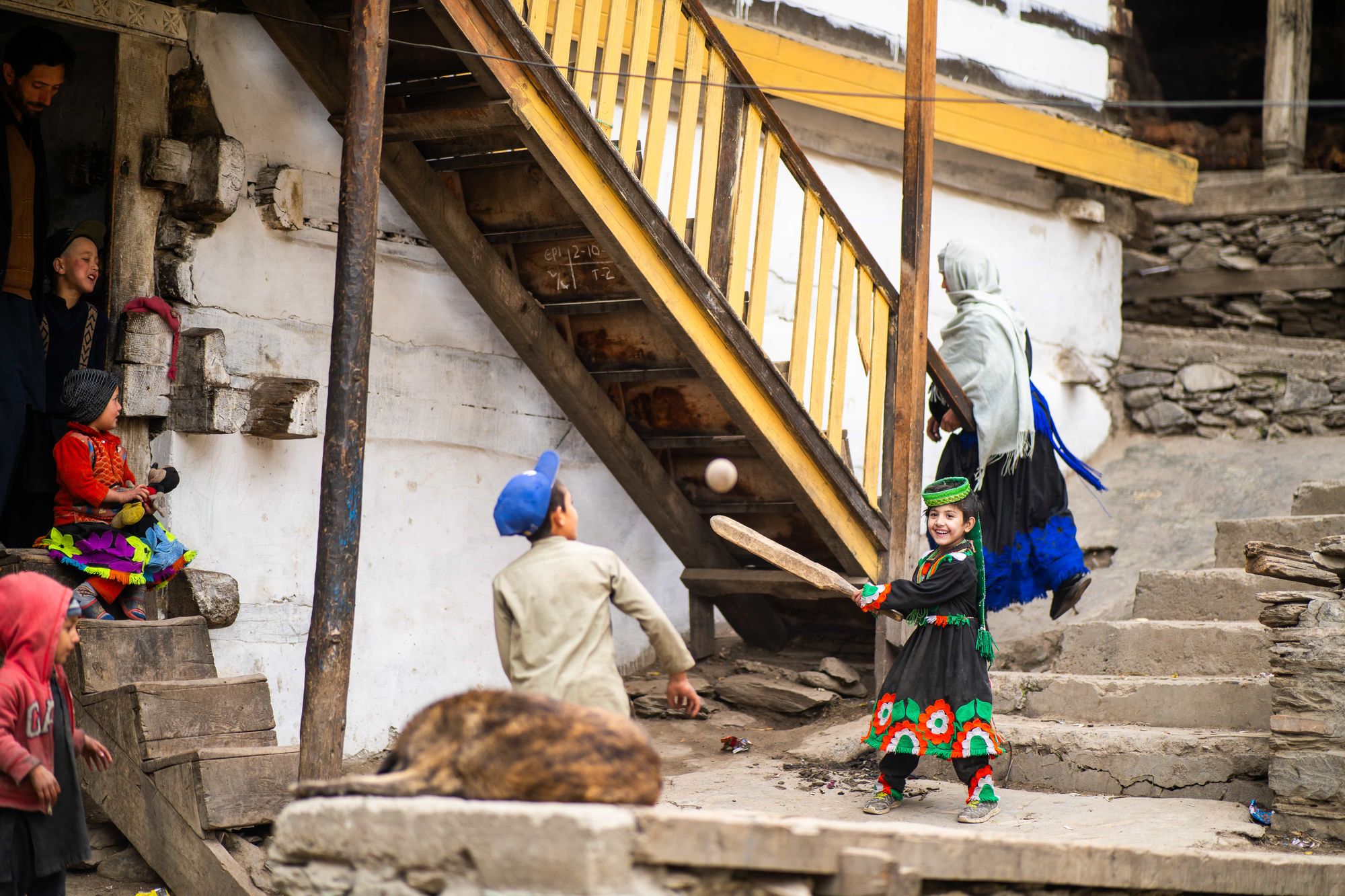
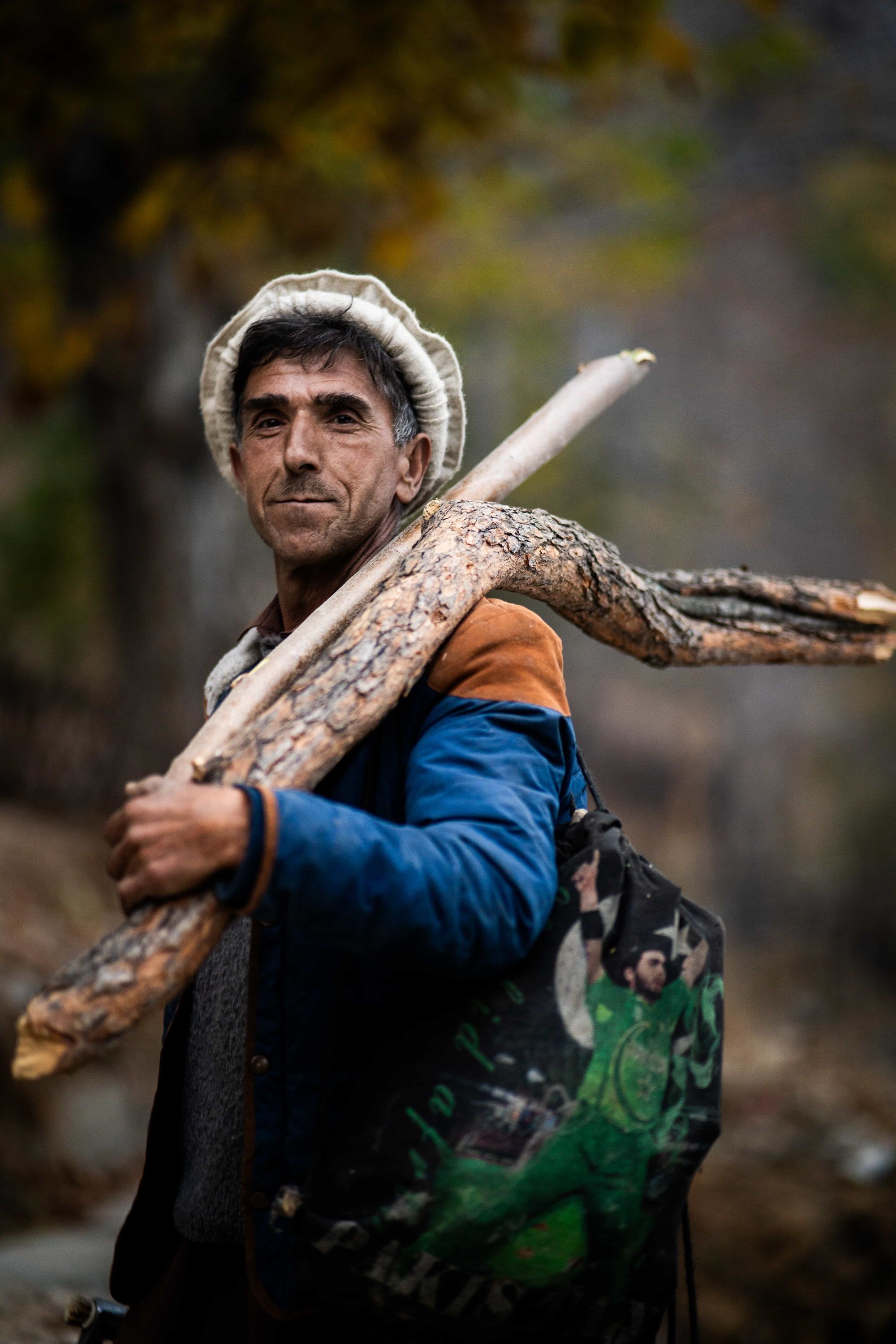
The hat this gentleman is wearing is a Pakol, while popular in the Pashtun or even Mujahedeen community, it originated from Chitral as a variation on the Macedonian flat helmet (kausia) from thousands of years ago - from the time of Alexander the Great.
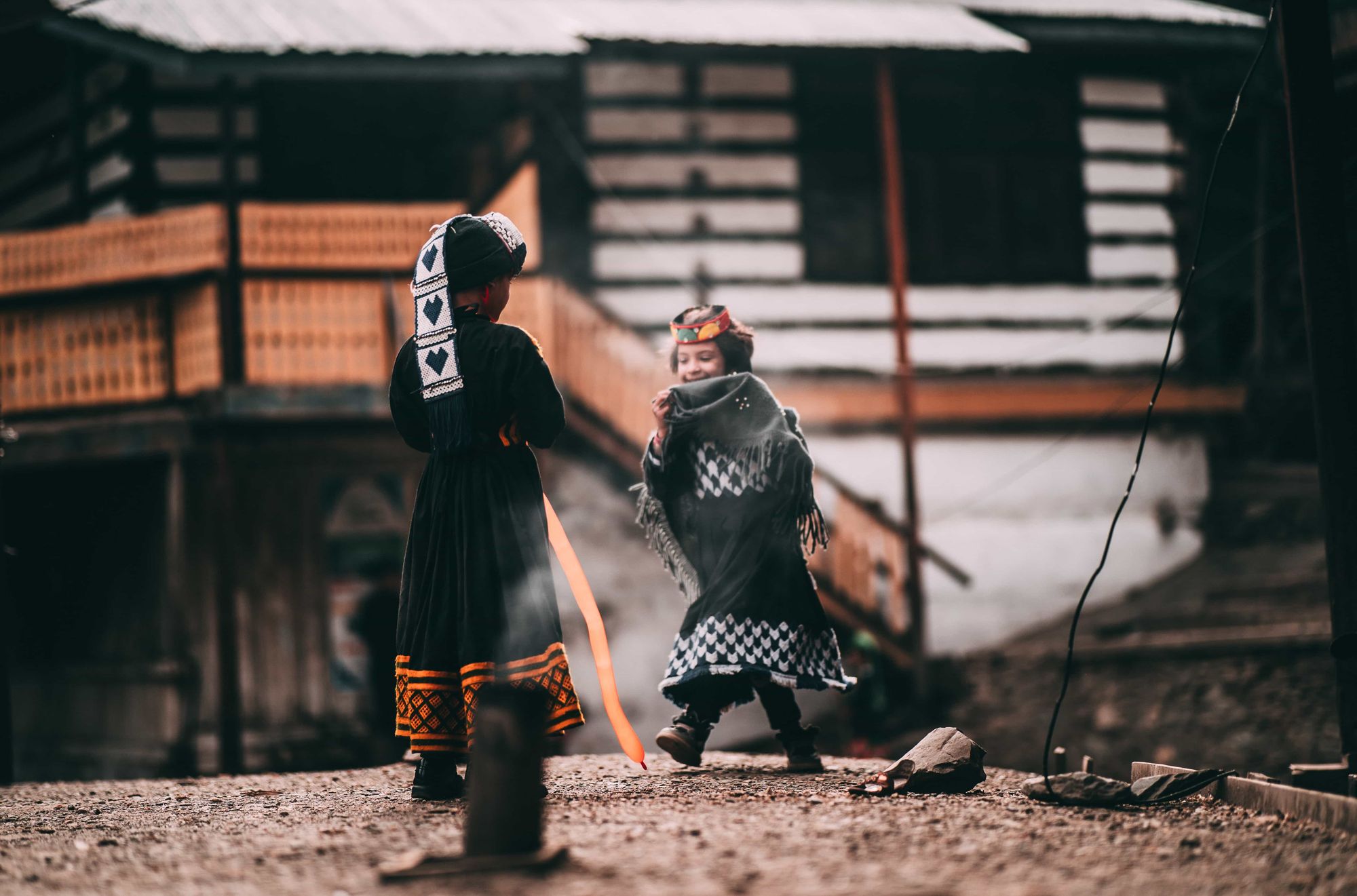
Husbandry is a big source of protein in the mountainous regions, the villagers were actively shaking trees to have the goats and sheep feed on the nutritious leaves.
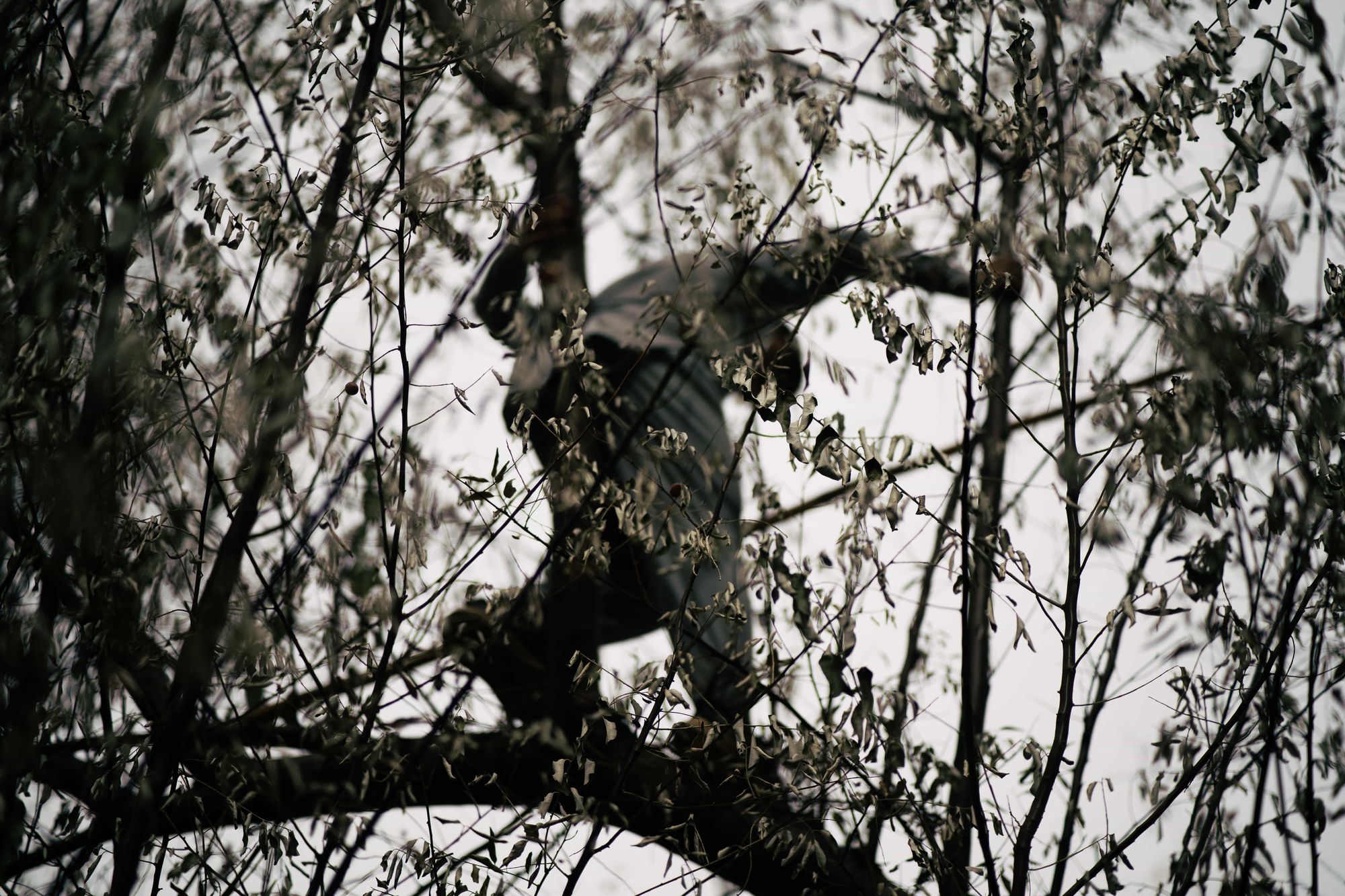
Funeral culture
Among their rather unique artistic traditions are wooden effigies, or statues of men, which are part of their funeral practices. These wooden figures are carved to represent the deceased and are placed in graveyards as a form of honouring and remembering the dead.
The Kalash wooden statues of men are intricately carved and often depict the deceased in a manner that highlights their social status or important aspects of their lives. These carvings are an essential part of the Kalash funerary rites and reflect the community's reverence for their ancestors and the deceased.

The bottom picture was taken at a sort of shrine/temple for their religion. While the cutouts of men are spread out over the villages (mostly at entrances), the majority are gathered on these shrines - or in museums.
They were burning things there, and the fire had at some point spread to the flammable wood, but the damage was not fierce.
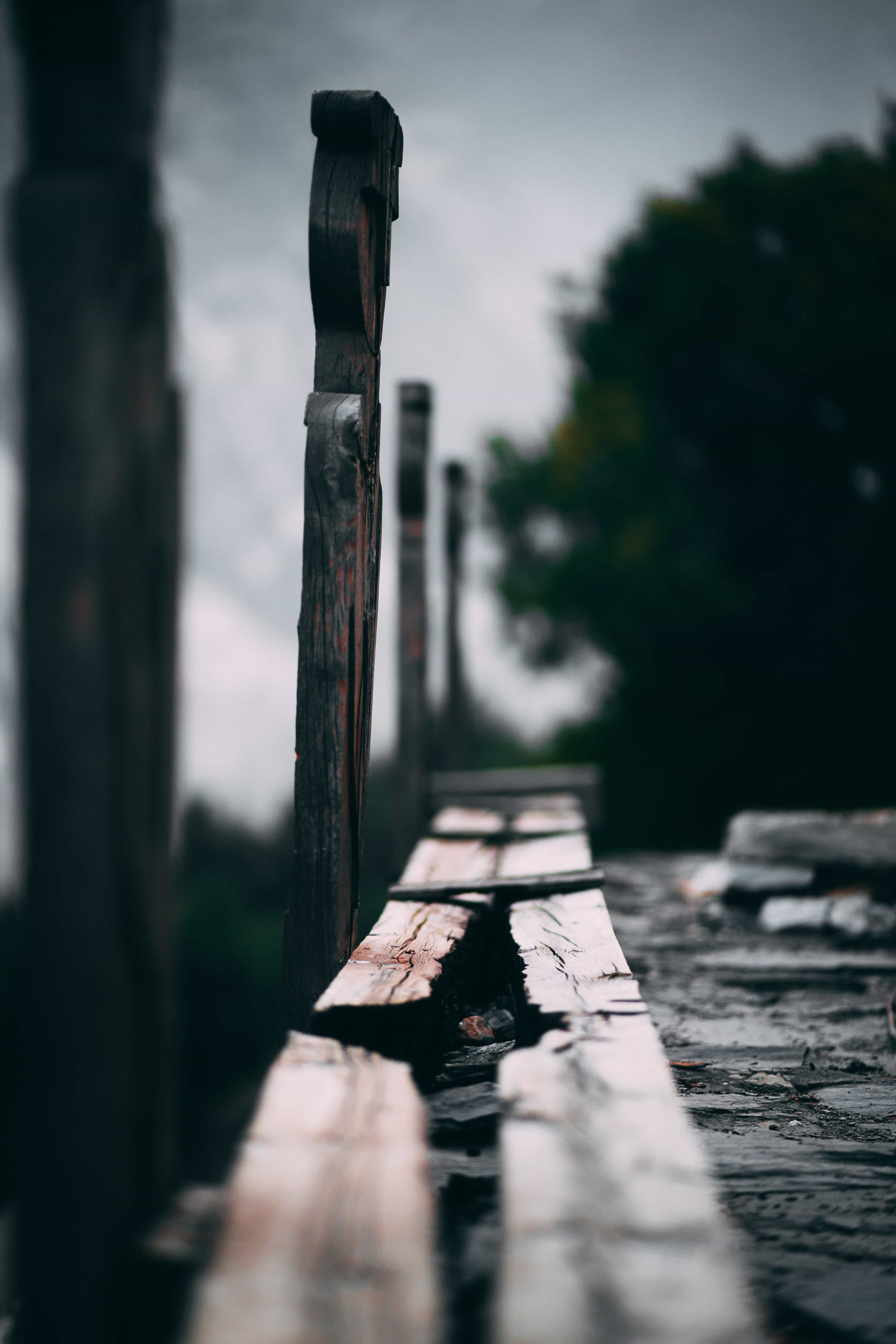
Graves
Kalash funeral practices are deeply rooted in their animistic beliefs and traditions, reflecting a profound respect for the deceased. When a member of the Kalash community passes away, they are placed in an open casket made of wood, allowing family and friends to view the body and pay their final respects. Entirely different from any other culture around them currently living.
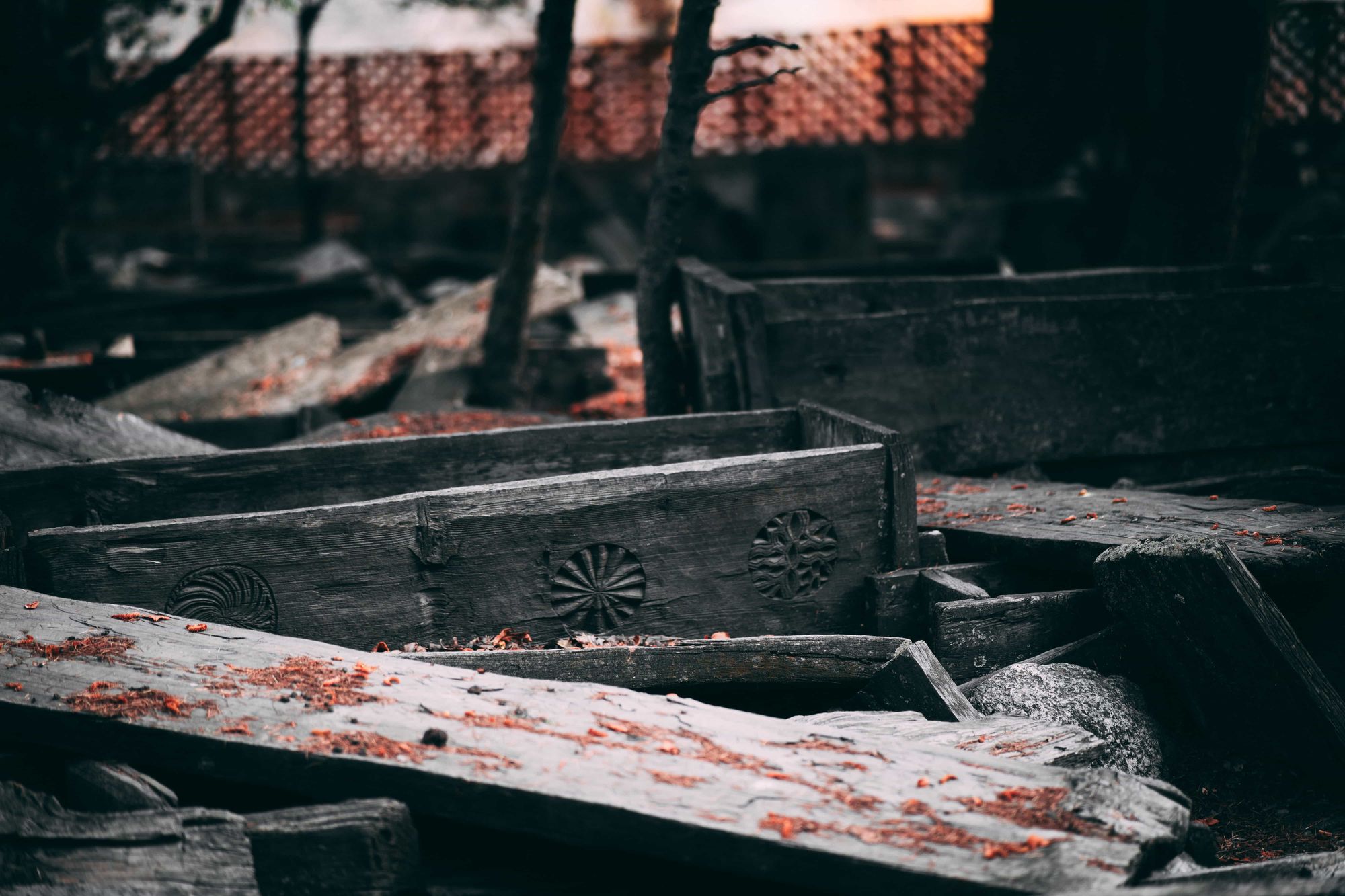
This open casket is typically adorned with the deceased's personal belongings and gifts from loved ones, symbolising their journey to the afterlife. The body is then transported to a communal graveyard, where it is laid to rest above ground.
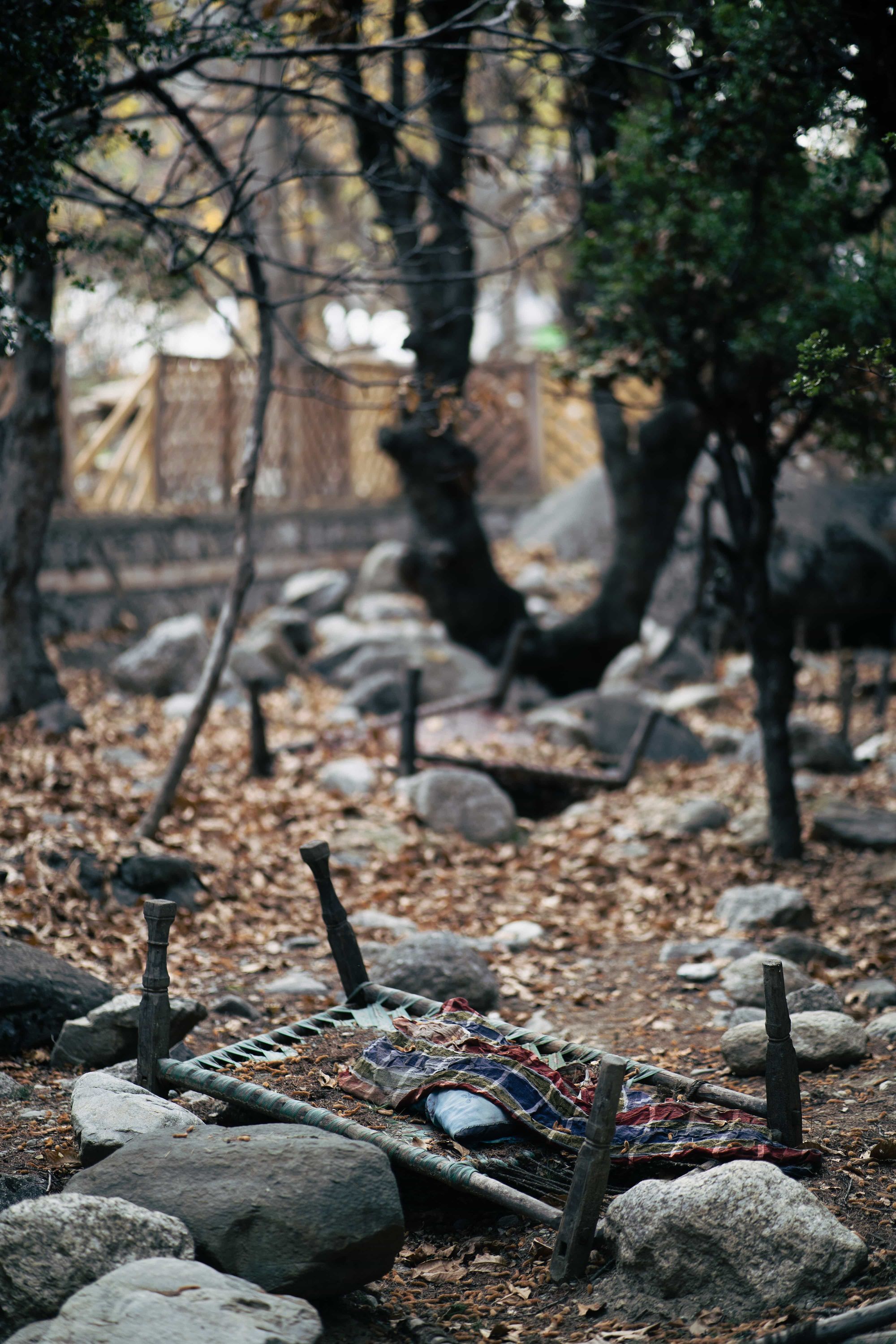
And the previously explained wooden statues are placed around the grave
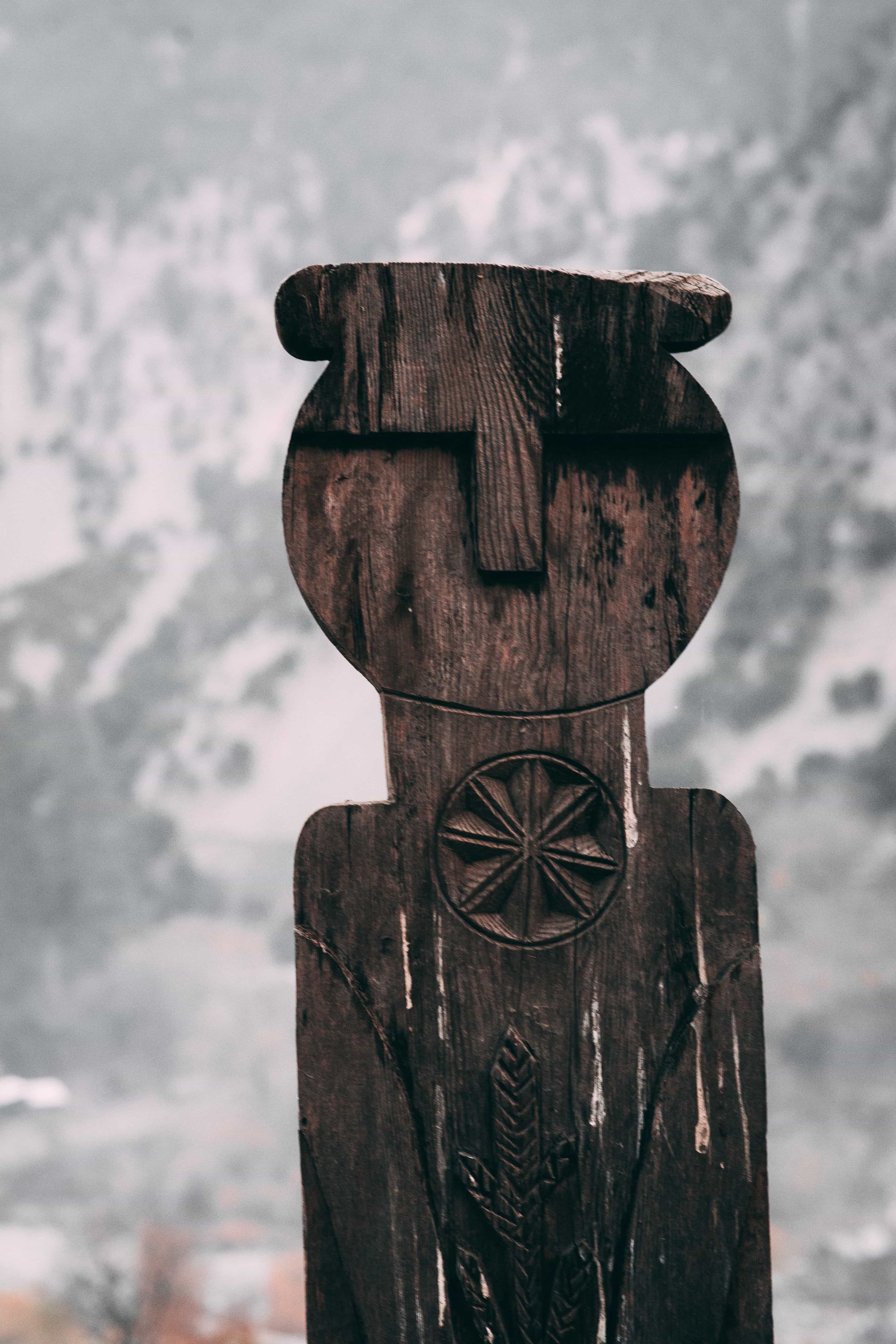
It's a gruesome site, as sometimes bones will just stick out. Archeologists had already removed most treasures and human remains from the sites to be placed in Museums or private collections
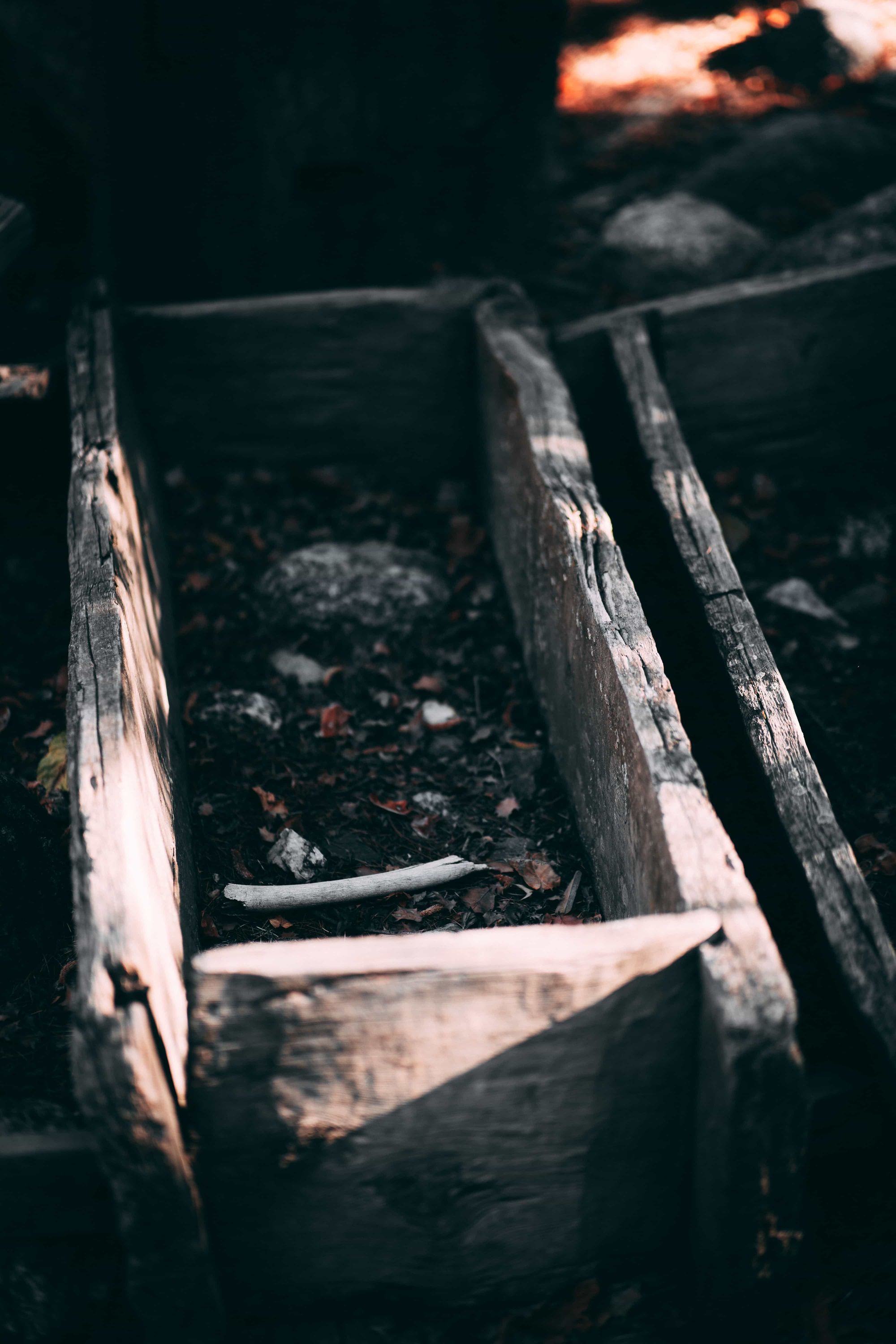
A dying breed
With death, comes new life - but in these small mountainous communities, the birthrate of the Kalashi people isn't keeping up with the other villages. Some marry outside their village, others convert, or some simply decide to move elsewhere or have no children at all. Although, even the Muslims were fond of the wine the locals made. But that's something I had seen before....
I was fortunate to experience the culture at length, from a community that keeps getting smaller and smaller every year.
